Disclosure: Meeple Mountain received a free copy of this product in exchange for an honest, unbiased review. This review is not intended to be an endorsement.
ArchRavels is a resource management game about knitting. Well, crafting. I shouldn’t say “knitting.” It’s not specified, there are no needles. You could be crocheting. Some of these projects would certainly be easier to crochet, like the hacky sack or the robot. Knitting a hacky sack sounds exhausting, those tiny initial stitches in the round? Or I guess you’d more likely knit it flat and then sew it up, but that’s asking for a burst seam when your nephew Charlie gives it a good kick.
I’m getting off topic.
 In ArchRavels, from XYZ Game Labs, players take turns shopping and crafting. That’s about it. Action selection is done by moving your player token from one of the four action spaces on your board to another. Every player board has a gently asymmetric setup. One board allows for acquiring more yarn from the market, another allows for the crafting of up to four objects on a single turn instead of two, etc.
In ArchRavels, from XYZ Game Labs, players take turns shopping and crafting. That’s about it. Action selection is done by moving your player token from one of the four action spaces on your board to another. Every player board has a gently asymmetric setup. One board allows for acquiring more yarn from the market, another allows for the crafting of up to four objects on a single turn instead of two, etc.
At the end of every turn you can trade in the objects you make, the blankets, scarves, mittens, hats, and teddy bears, to complete projects, which are worth significantly more points. The game ends once the project market can no longer be refilled.
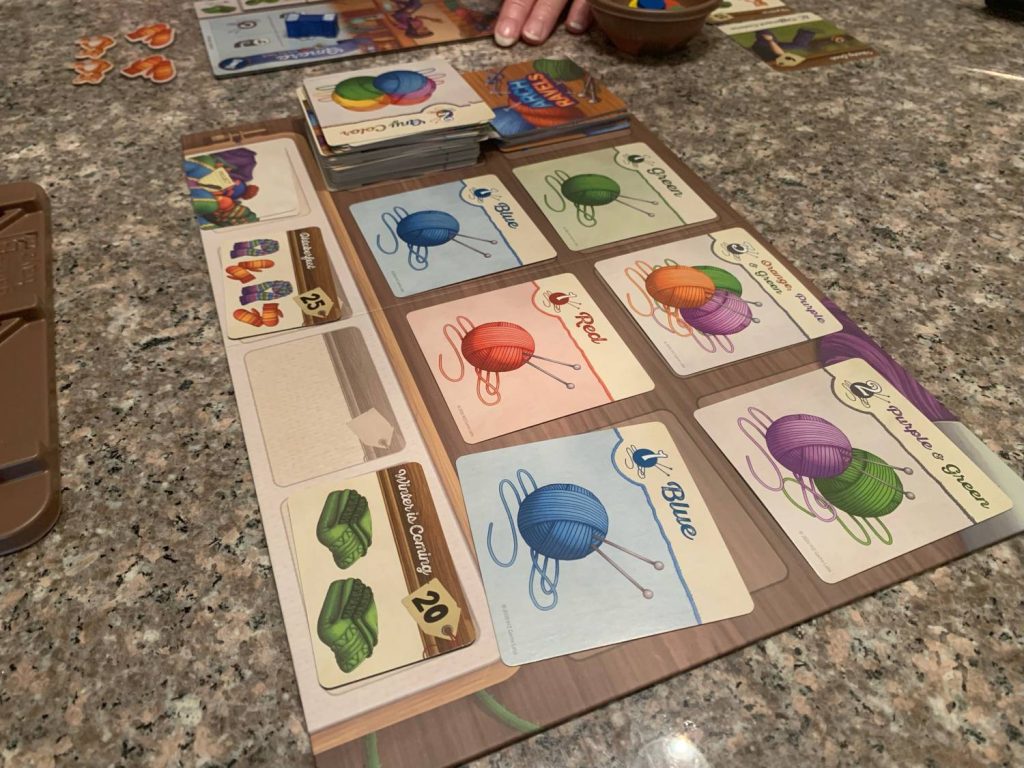
Frog It
ArchRavels is the board game equivalent of a scarf made with black yarn and a ribbed stitch. It’s just fine. Nothing wrong with it, even if it isn’t inspiring. Your decisions never threaten to become interesting. The tension and interaction are pretty low. It plays quickly, which is nice.
The production is charming, with little wooden yarns and plastic player bowls, but this is a case of fun production choices getting in the way of, rather than enhancing, gameplay. Popping yarn into your bowl is satisfying—it makes a wonderful clacking sound—but it also makes seeing what supplies you have difficult.
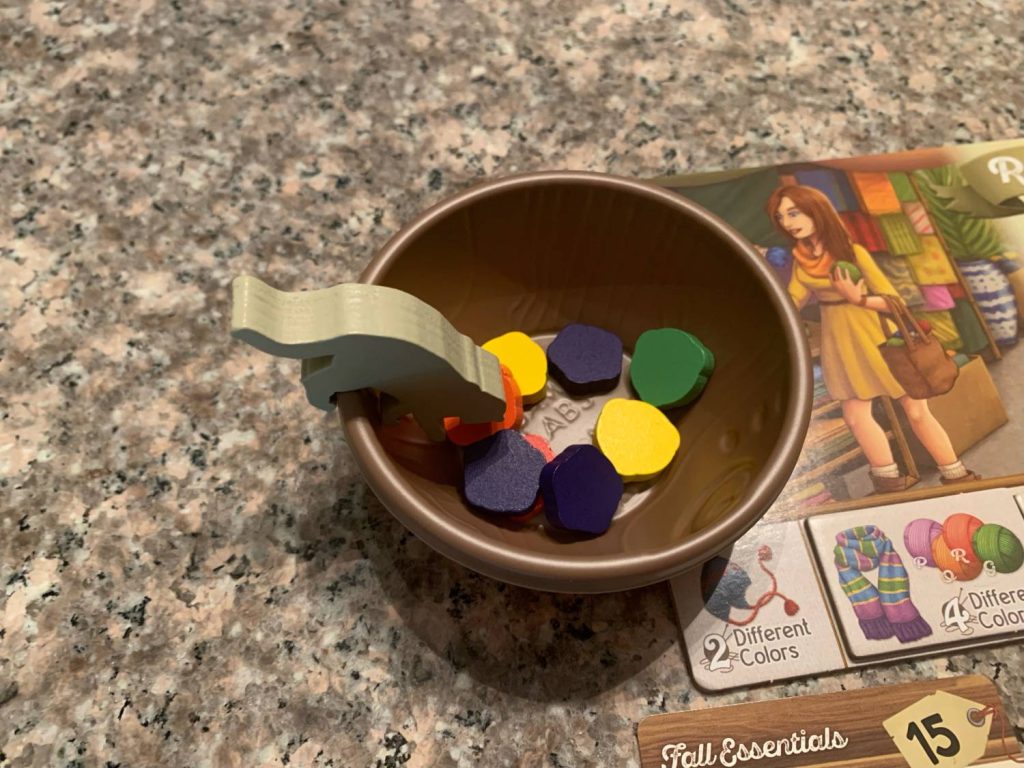
That isn’t a problem if you have a plan and you stick to it come hell or high water, but theoretically this is the sort of game where you would need to react to what other players are doing and to what’s in the market. Being able to see all your yarn is important. In my games, most of us ended up putting our yarn out on the table anyway.
The tokens are designed to accommodate color blind players. The yarns come in three different shapes, with three bumps (green and yellow), four bumps (blue and orange), or five bumps (red and purple). Oft-confused colors don’t have the same shape. This is simultaneously a remarkably thoughtful production choice and probably a little too subtle.
Different Knits for Different Fits
Where ArchRavels shines is its theme. Not, I want to stress, that the game feels thematic. It doesn’t. It is bone-dry resource management. What I mean is that the theme pops. It immediately stood out to me on the shelf because it wasn’t abstract, it wasn’t about farming, it wasn’t about space, it wasn’t medieval, and it wasn’t about ogres. It is truly a joy to see a unique theme brought to the market.
If you like resource management, or you’re looking for an entry Euro game for your family, this is a good choice provided the theme speaks to you. As a long-time yarn hoarder knitter, I laughed when the rules said I’d lose one point for every unused skein of yarn at the end of the game. Adam McCrimmon is a designer who knows his audience.
ArchRavels is competent and unexciting. There’s no getting around that. I’ve played a hundred ArchRavels before, as far as the gameplay is concerned, and most of them left more of an impression. Still, that theme, combined with the ease of play, will probably get more than a few people to the table for board game night who otherwise would have opted out. What it offers is a relaxed, welcoming environment. They could even bring their knitting.
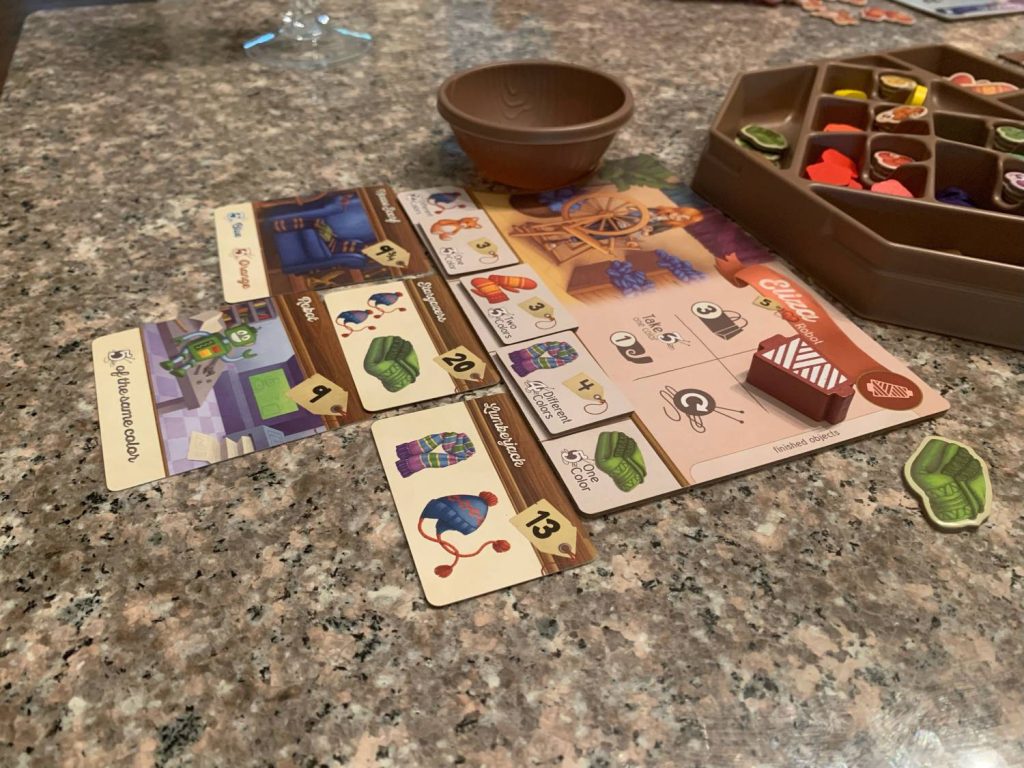
A Brief Postscript
ArchRavels reminded me of Gaia Project, that titan of critical renown. Some of this is surface-level. Both are dry games centered around resource management. Efficiency is your bread and your butter. There’s more to it than that, though. The depth in Gaia Project as I’ve experienced it seems mostly scripted. You learn “This cluster of planet types means X,” “The starting player choosing Y faction means Z,” and you know how to apply them. ArchRavels isn’t so different.
I find this particularly fascinating because Gaia Project has many a fan who wouldn’t deign to play a game like ArchRavels. Between its theme and its simple rule set, they would balk at the idea that it’s worth their time. Gaia Project takes so much longer to teach, so much longer to master. Sure. Sure. That’s true. It does that. On the other hand, in neither game have I ever found myself saying, “That’s a good move.”
I’ve never been part of knitting as a Hobby, but I find myself wondering if the same kinds of cliques exist, if there are people who look down on any stitch that doesn’t require a spreadsheet and dozens of stitch markets to keep track of. In my opinion, it is in knitting as it is in board games. Whether you’re going for a ribbed stitch or a series of knit togethers and cast-ons, you’ve got a hat or a scarf or a blanket or a pair of socks or a sweater to show off at the end of the day. So long as you enjoyed the process, you’re doing great.


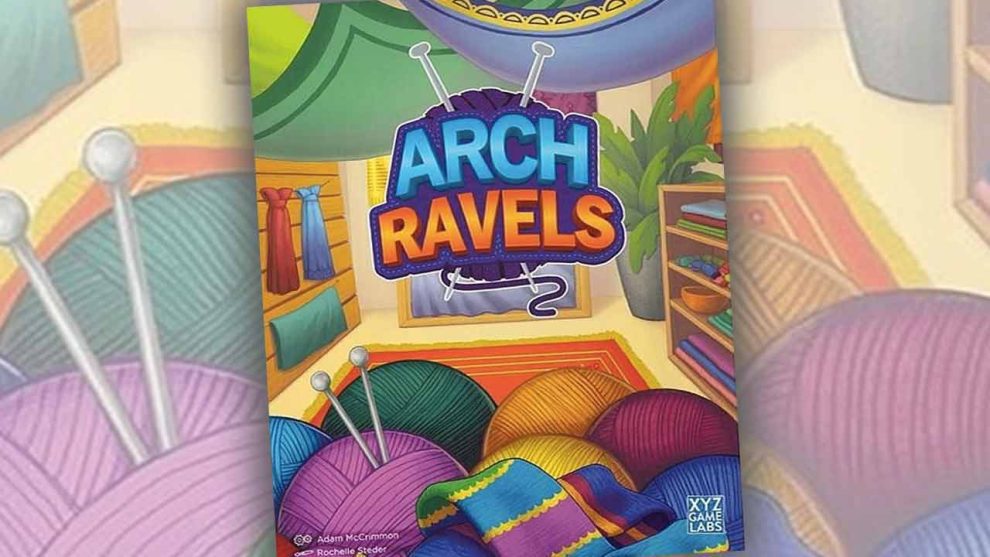
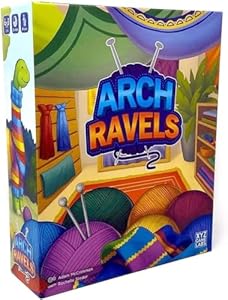
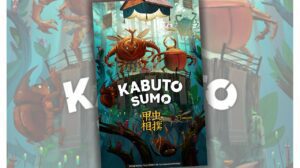
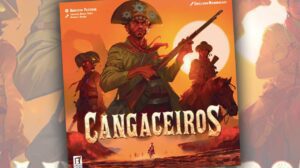
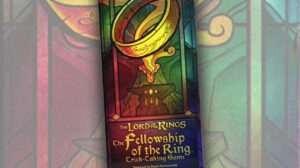





awesome